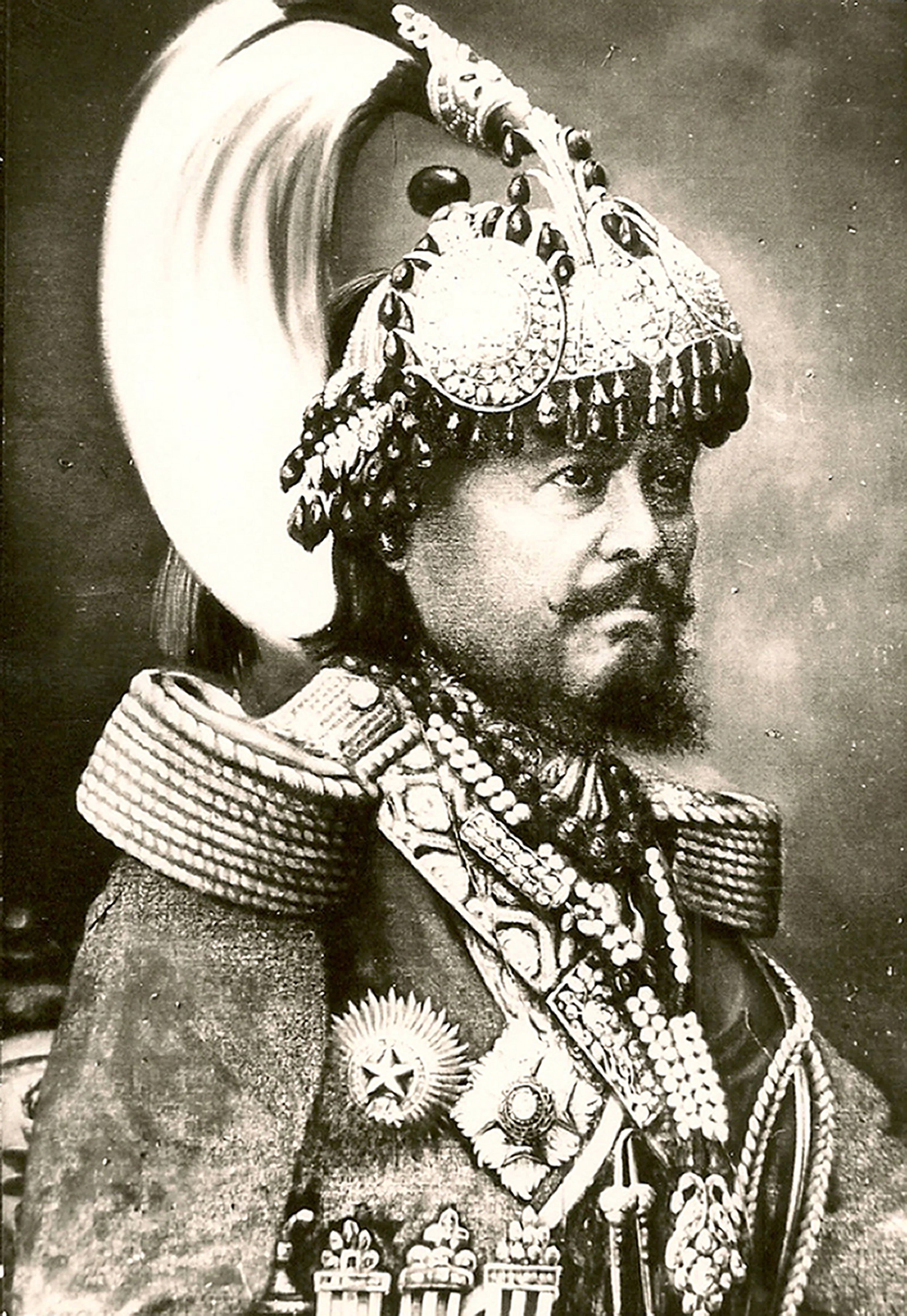
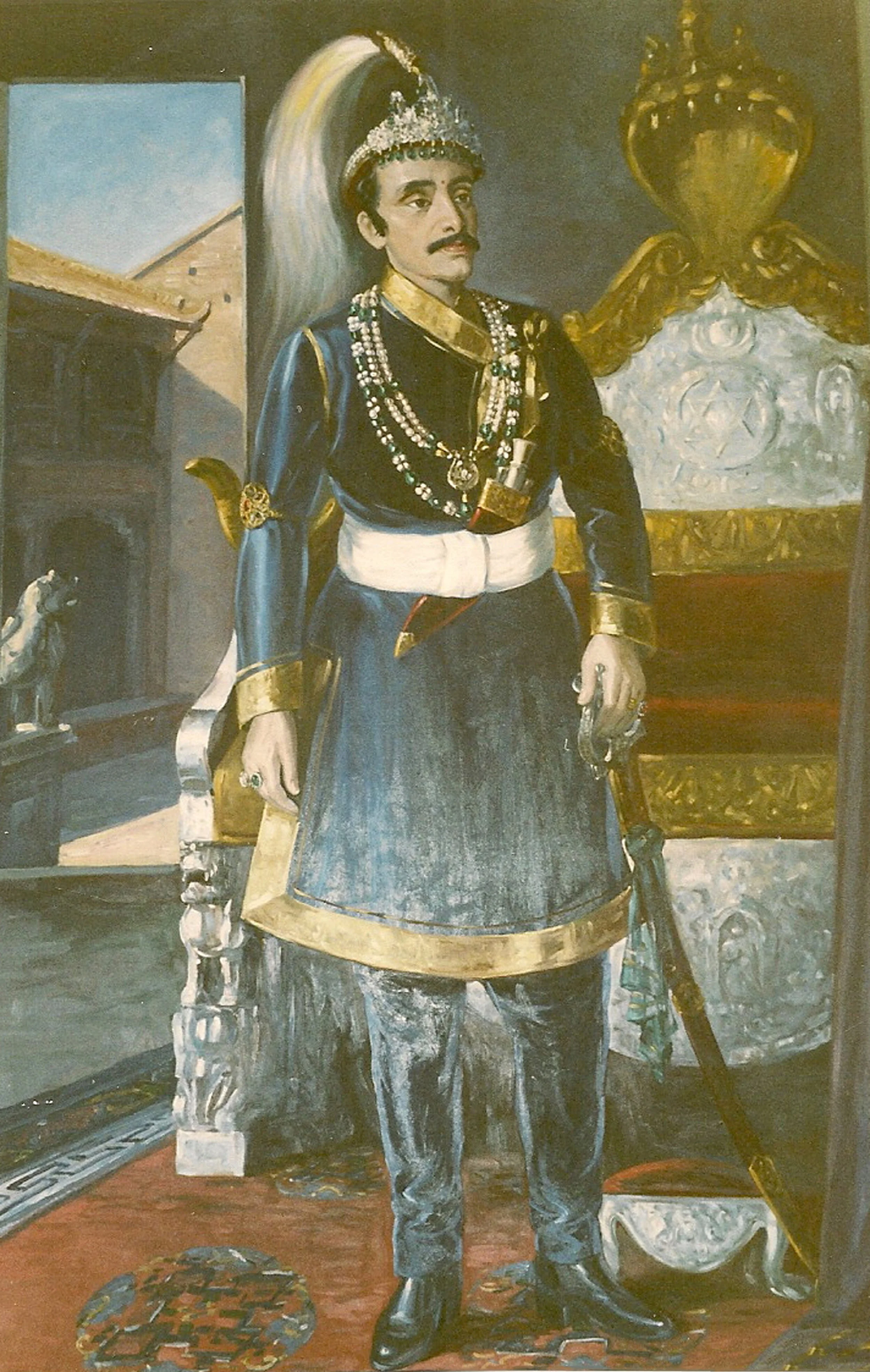
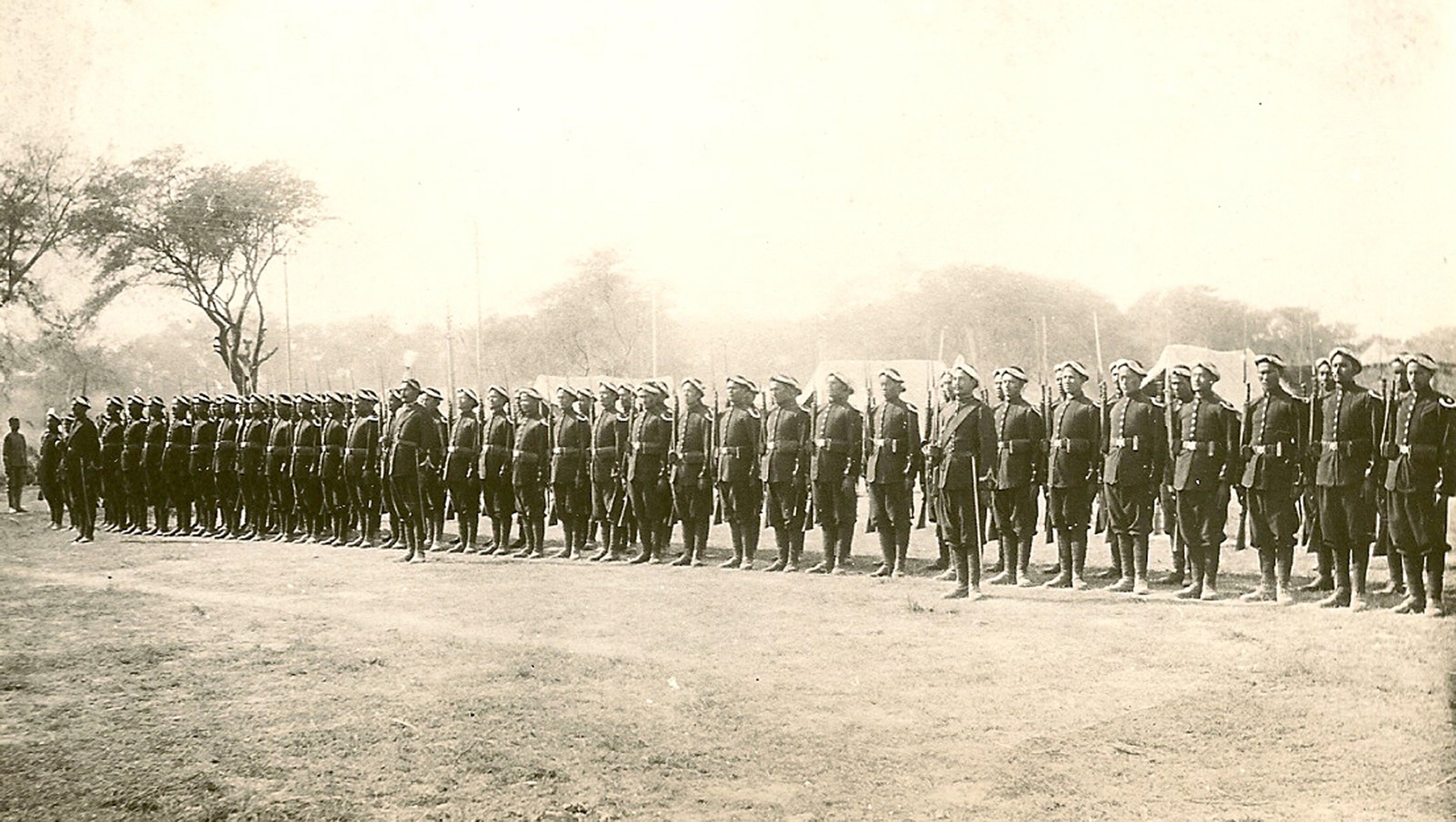
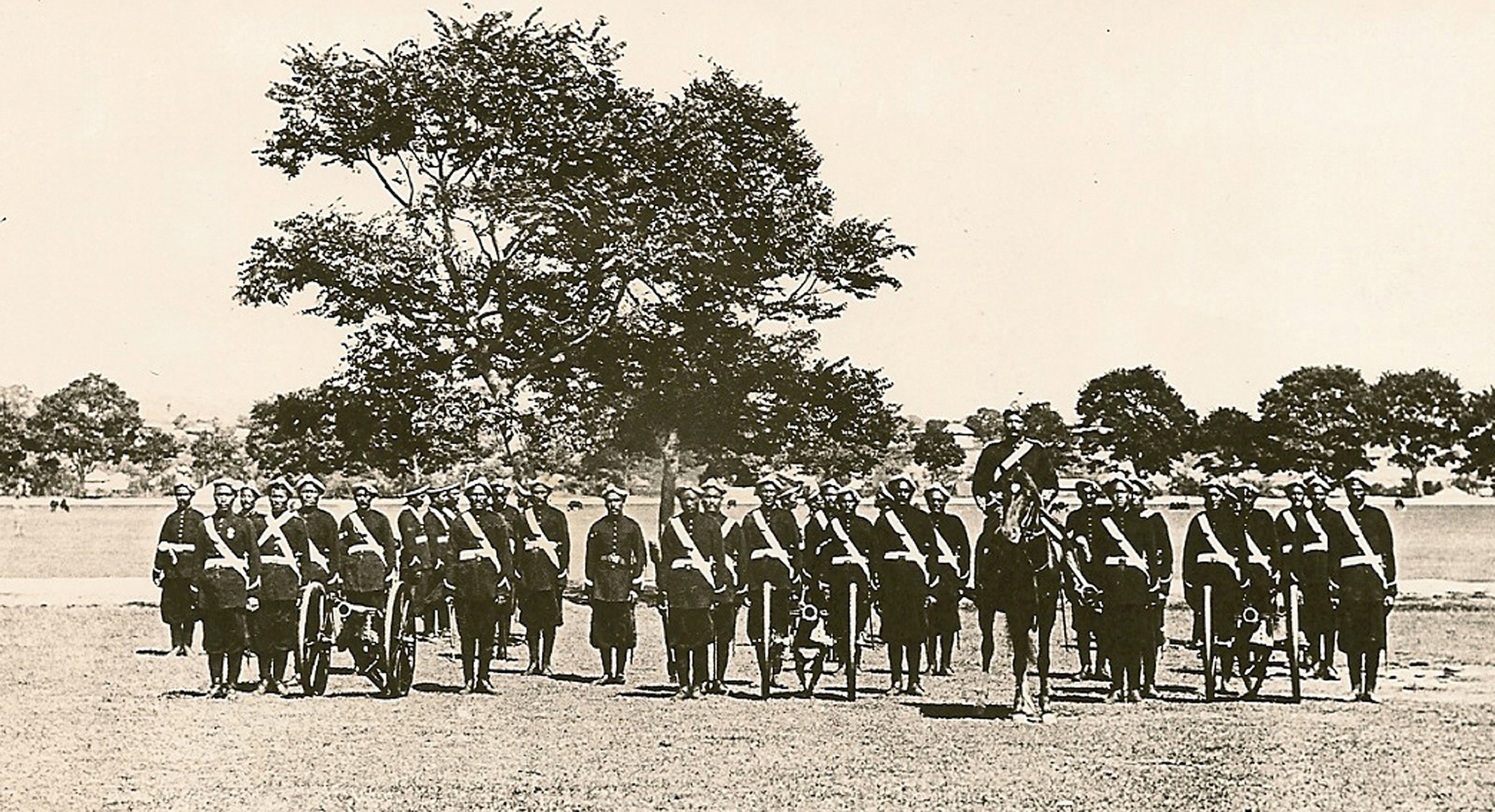
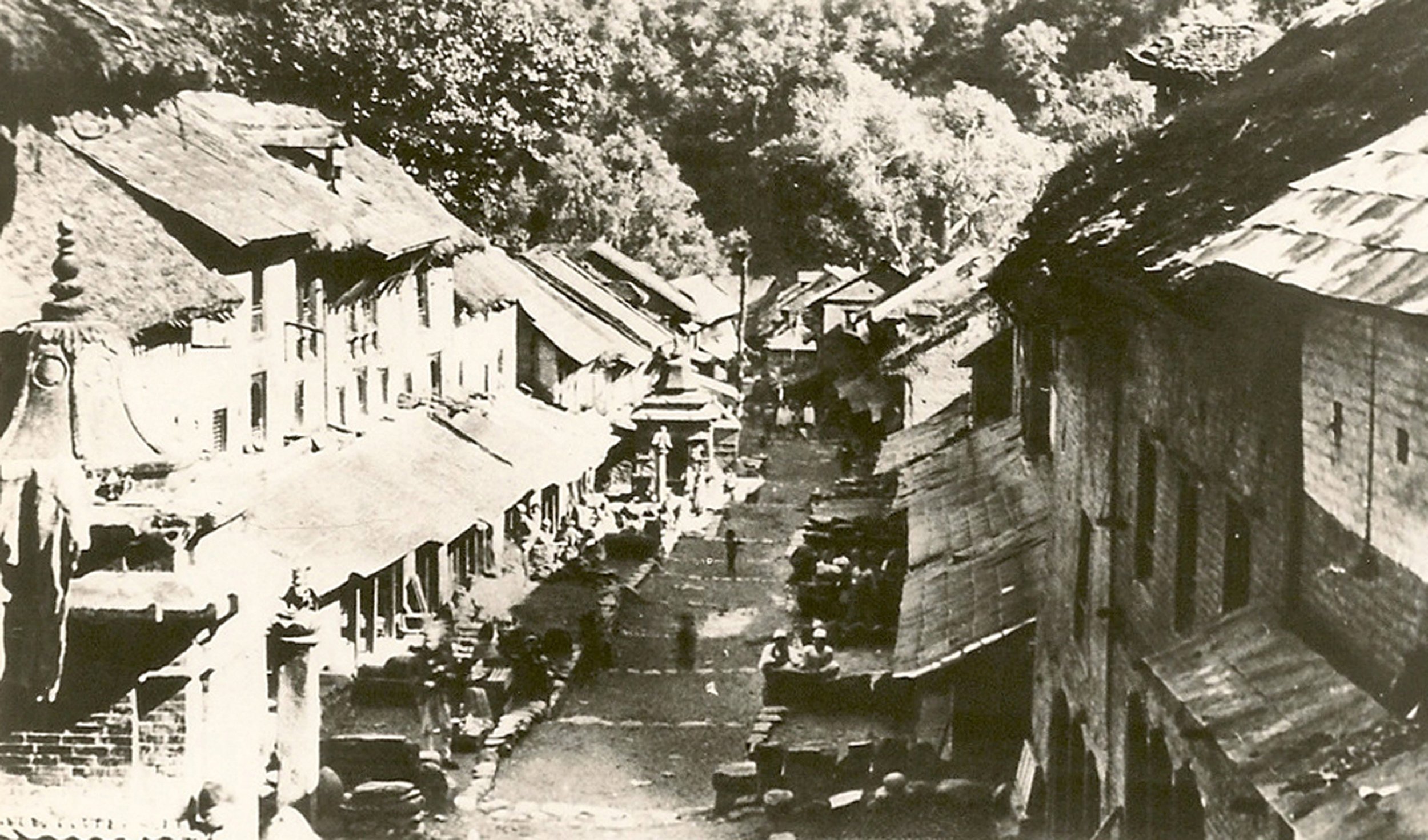
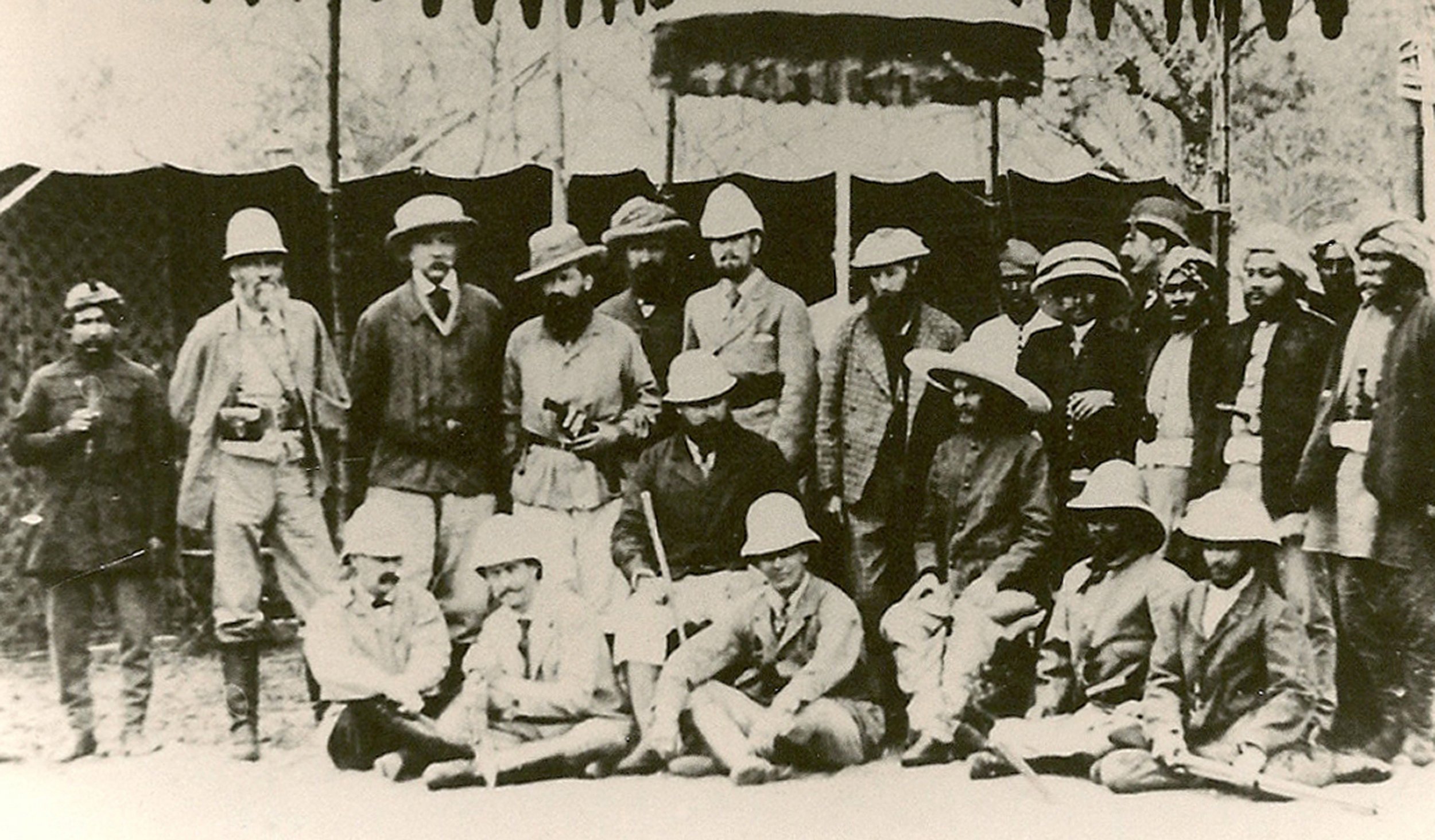
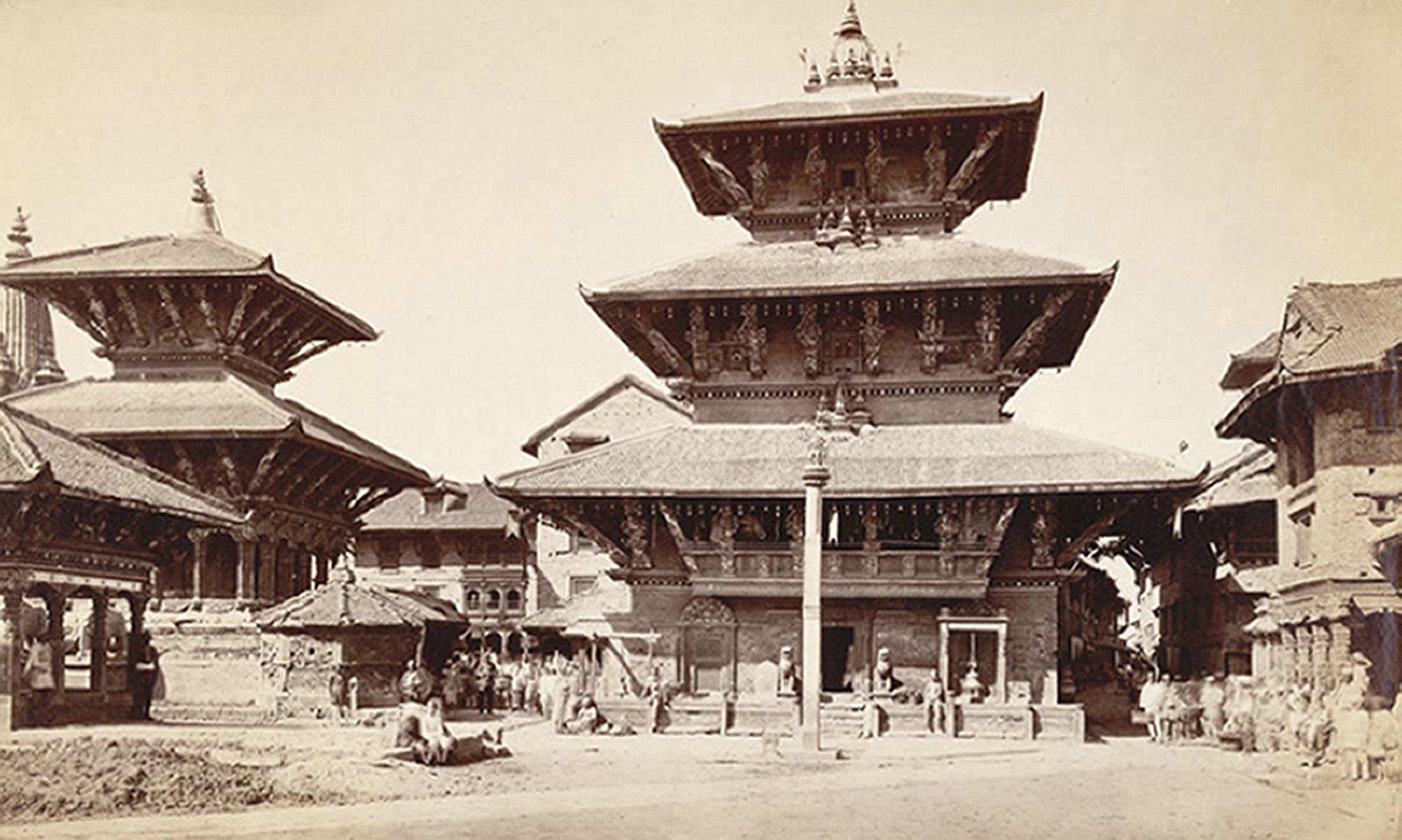
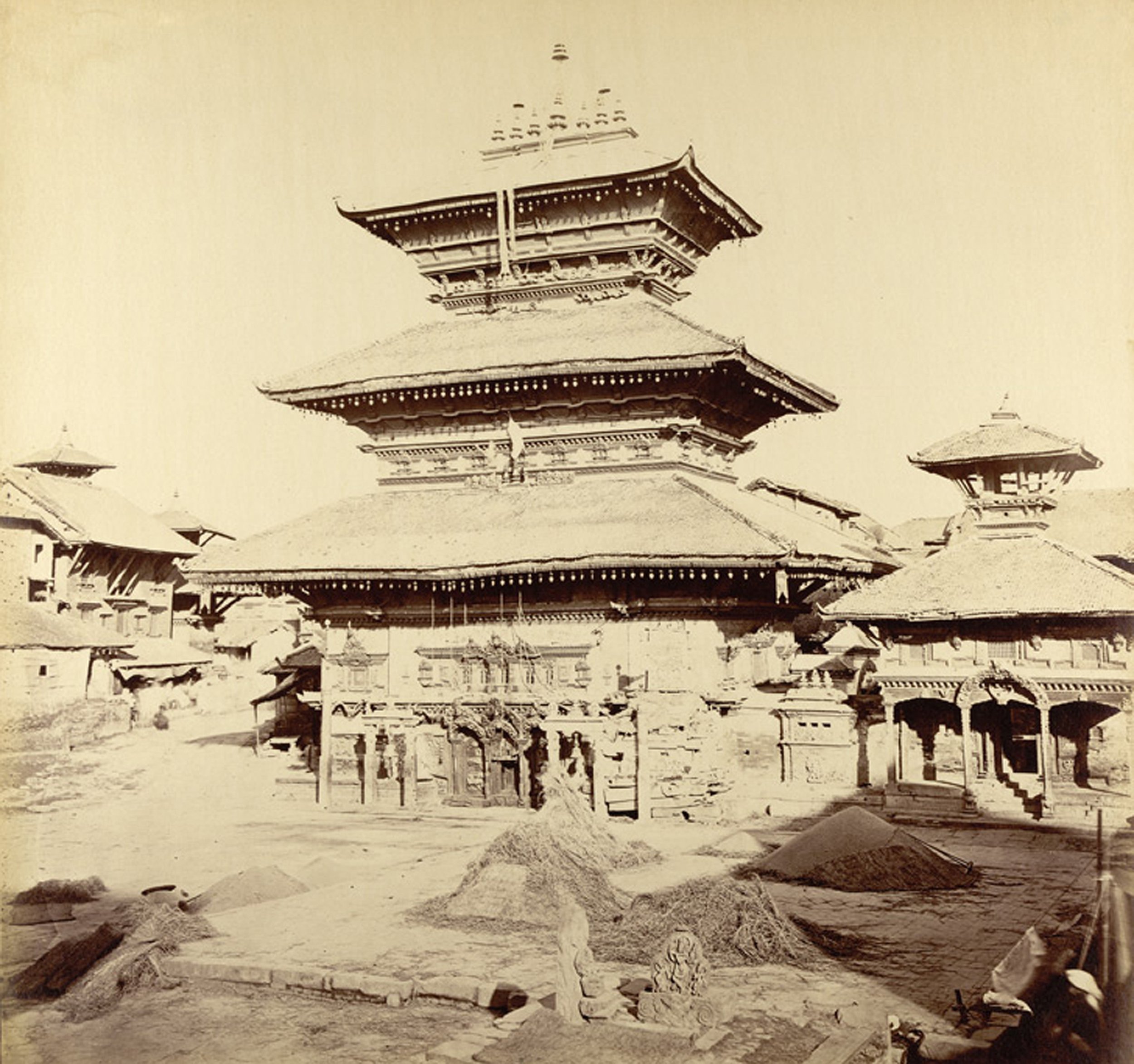
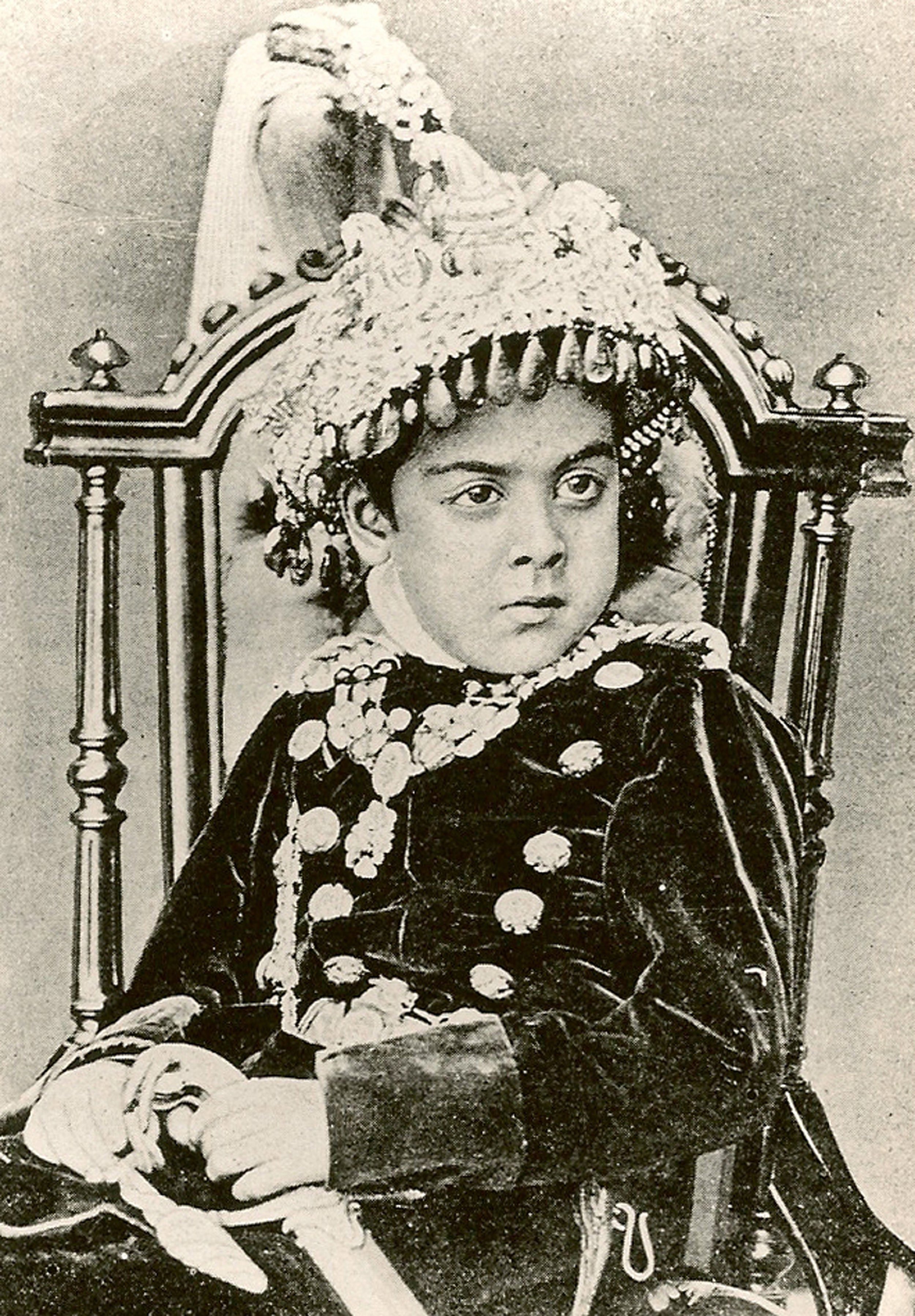
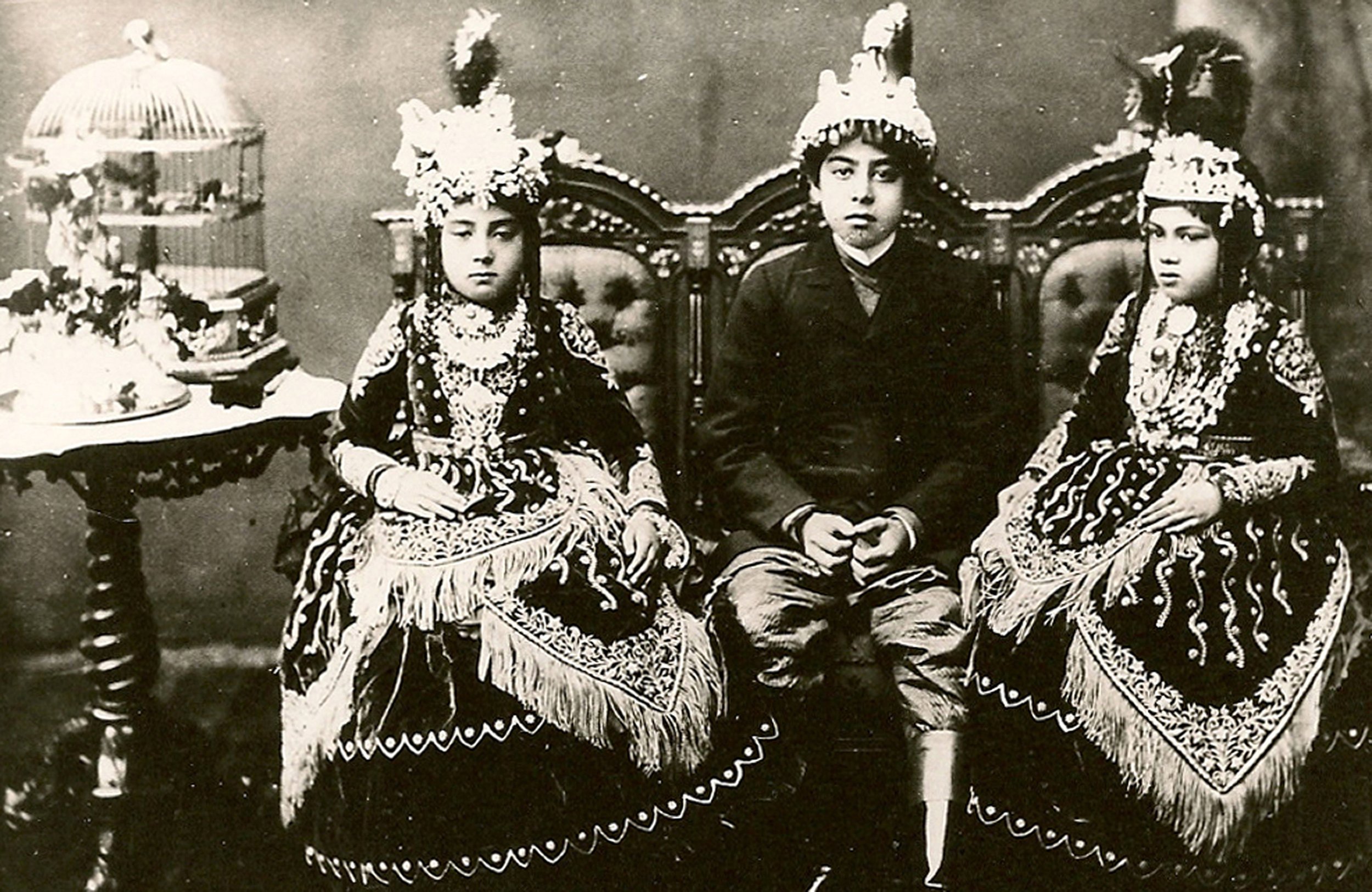
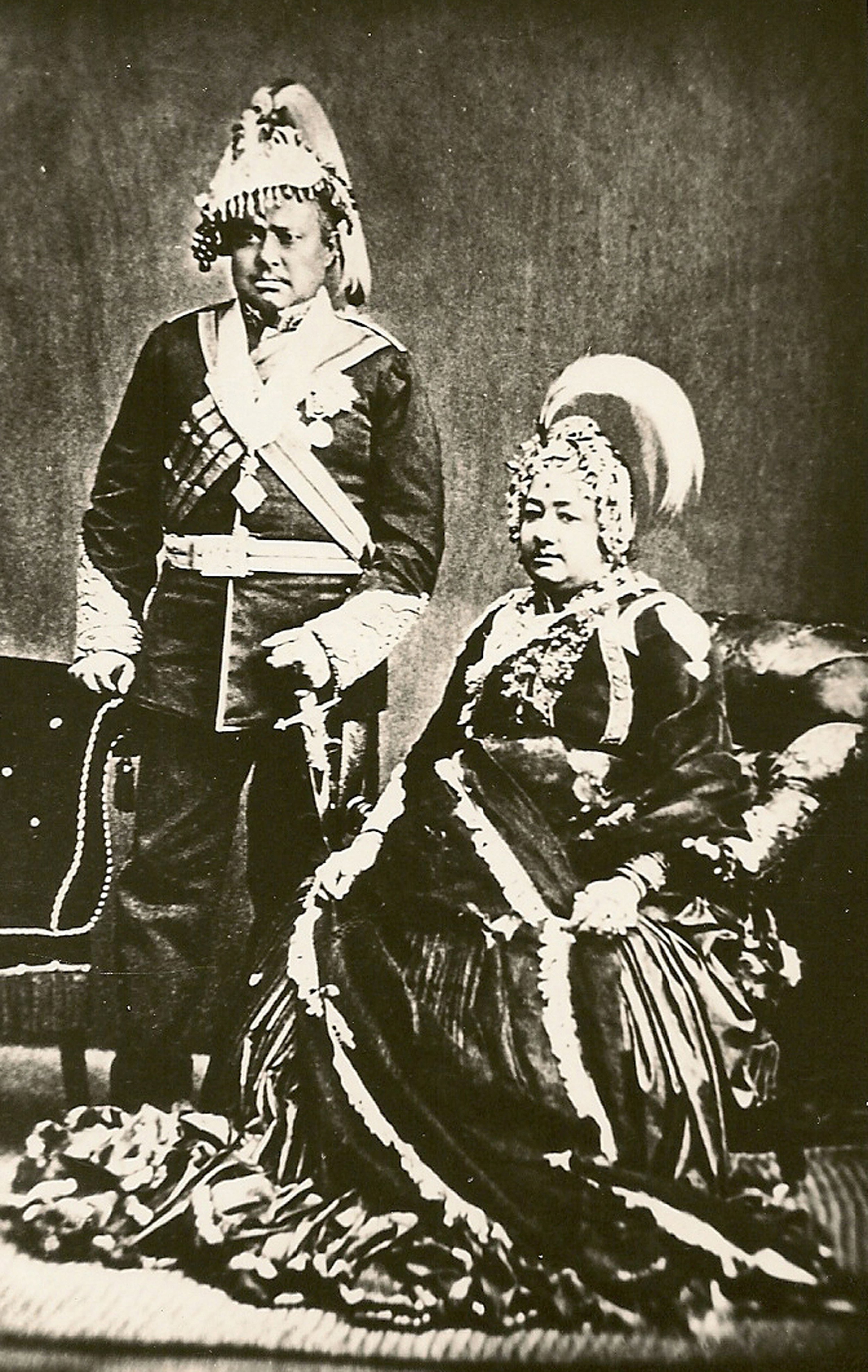
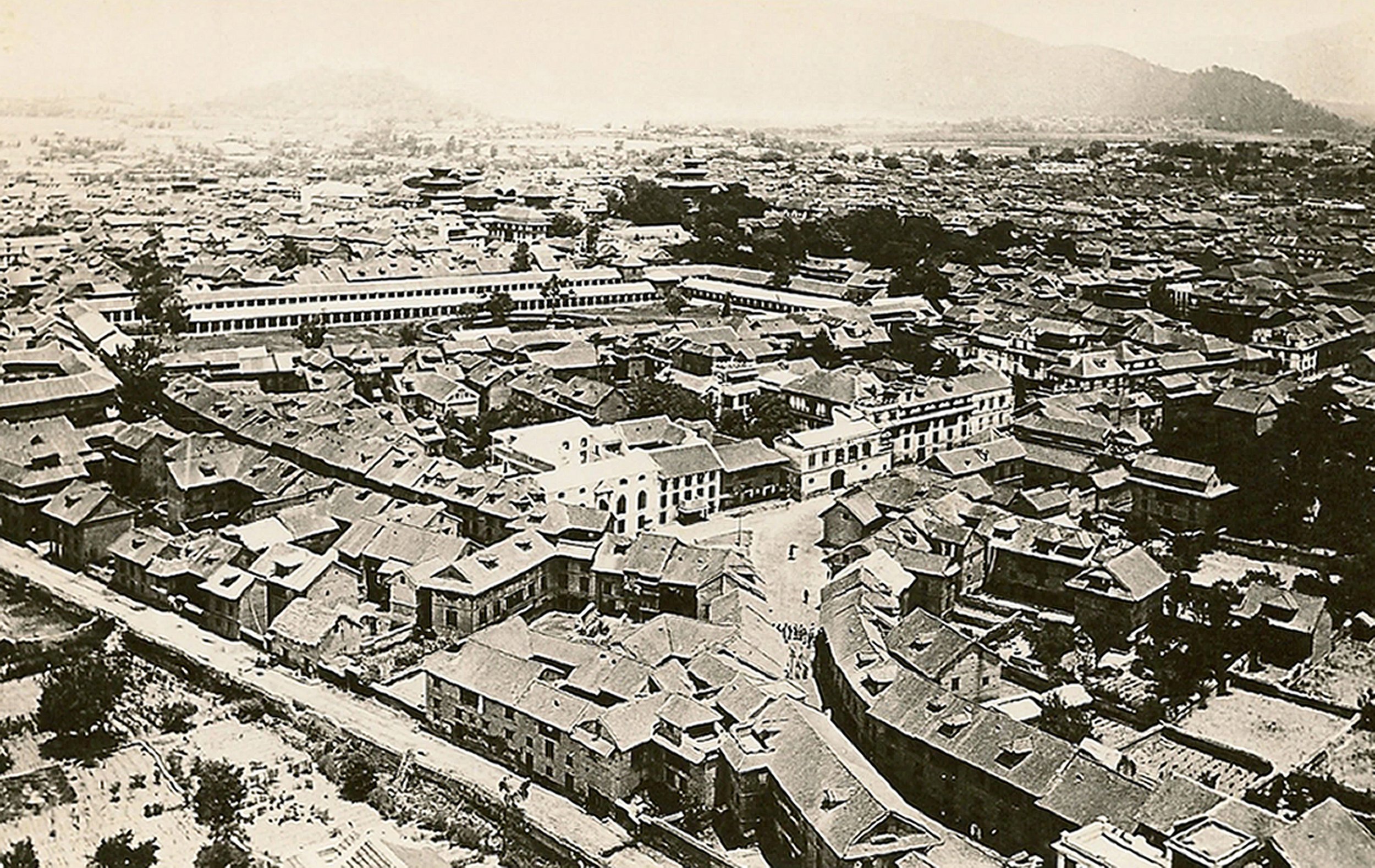
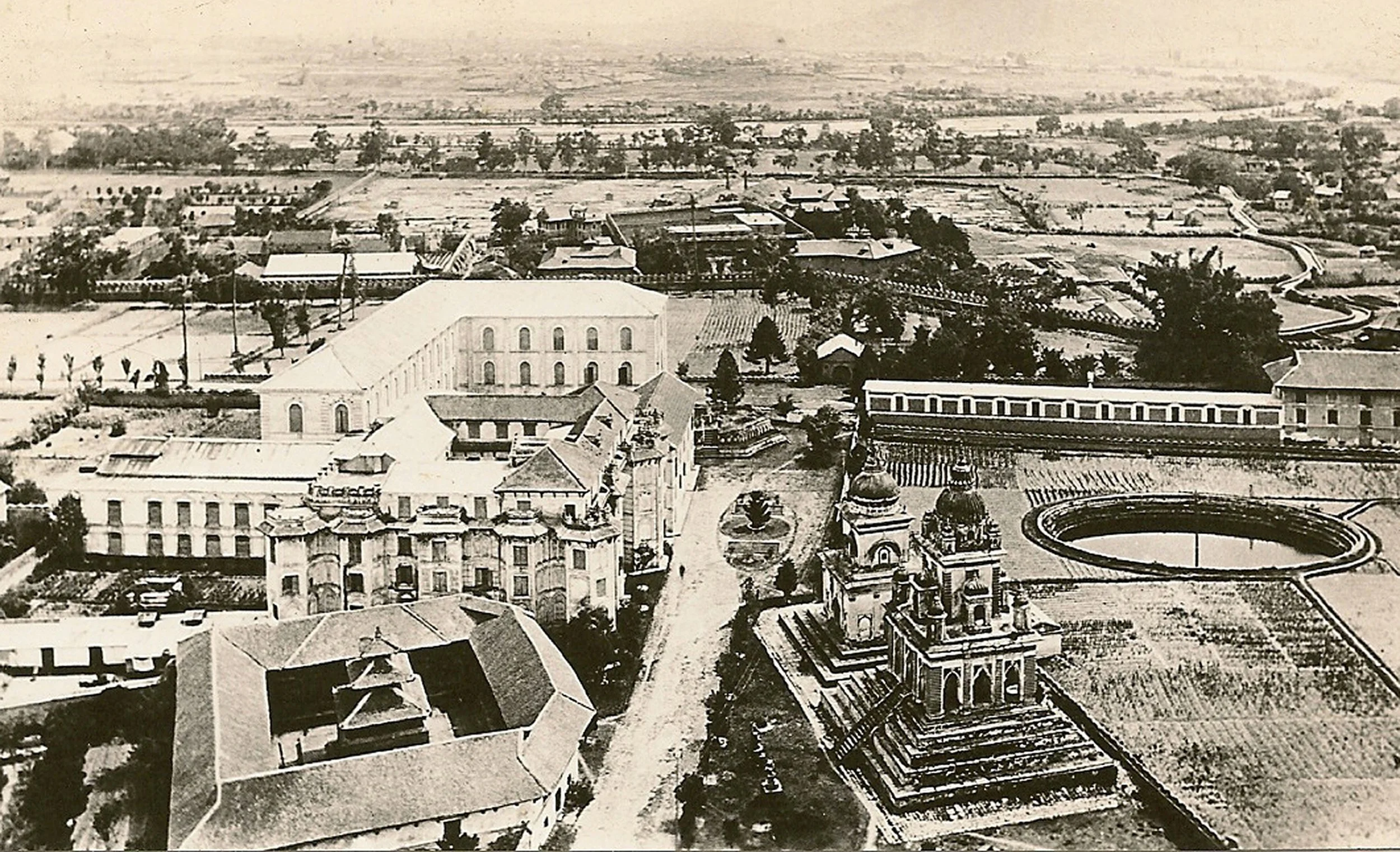
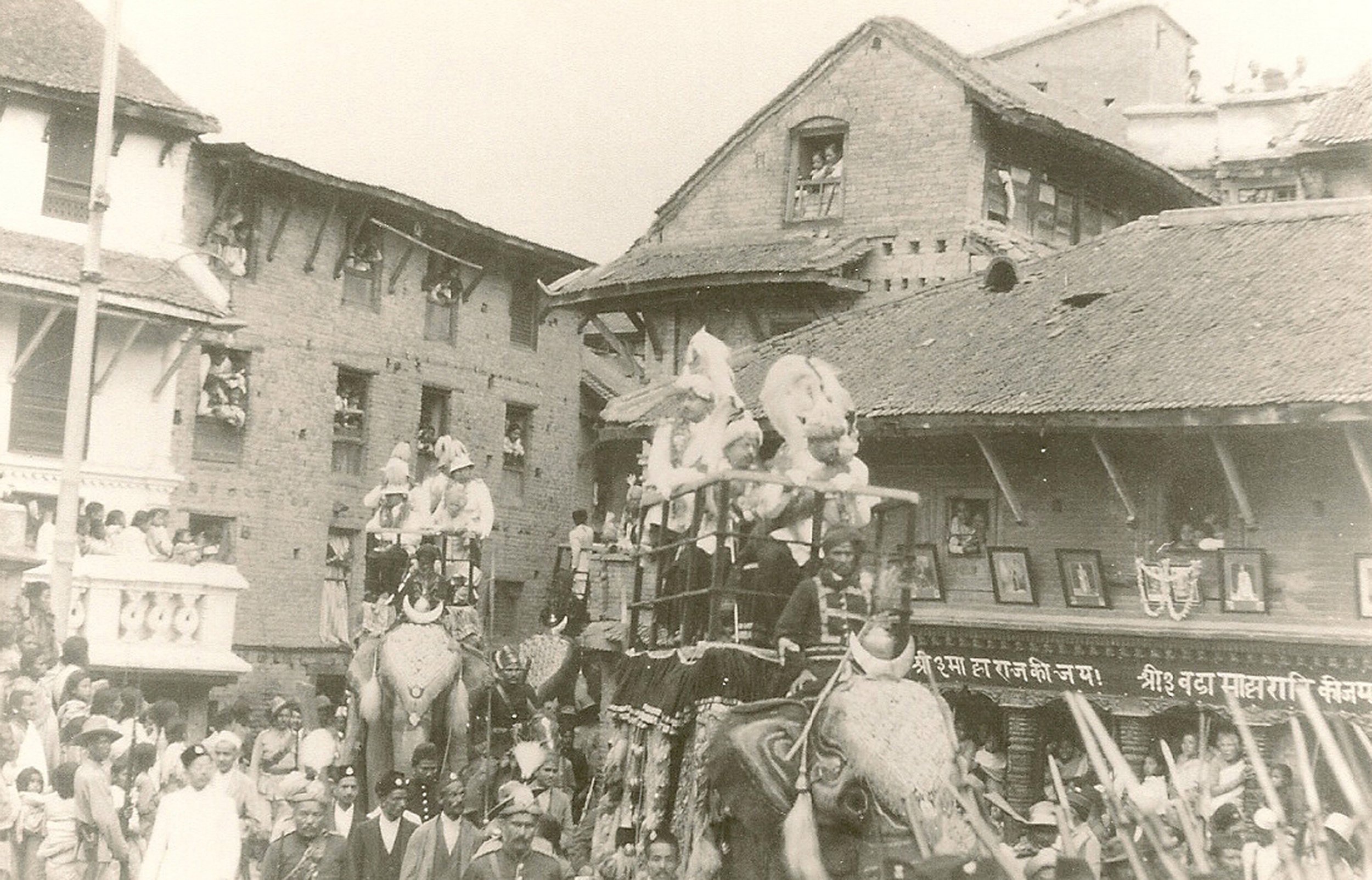
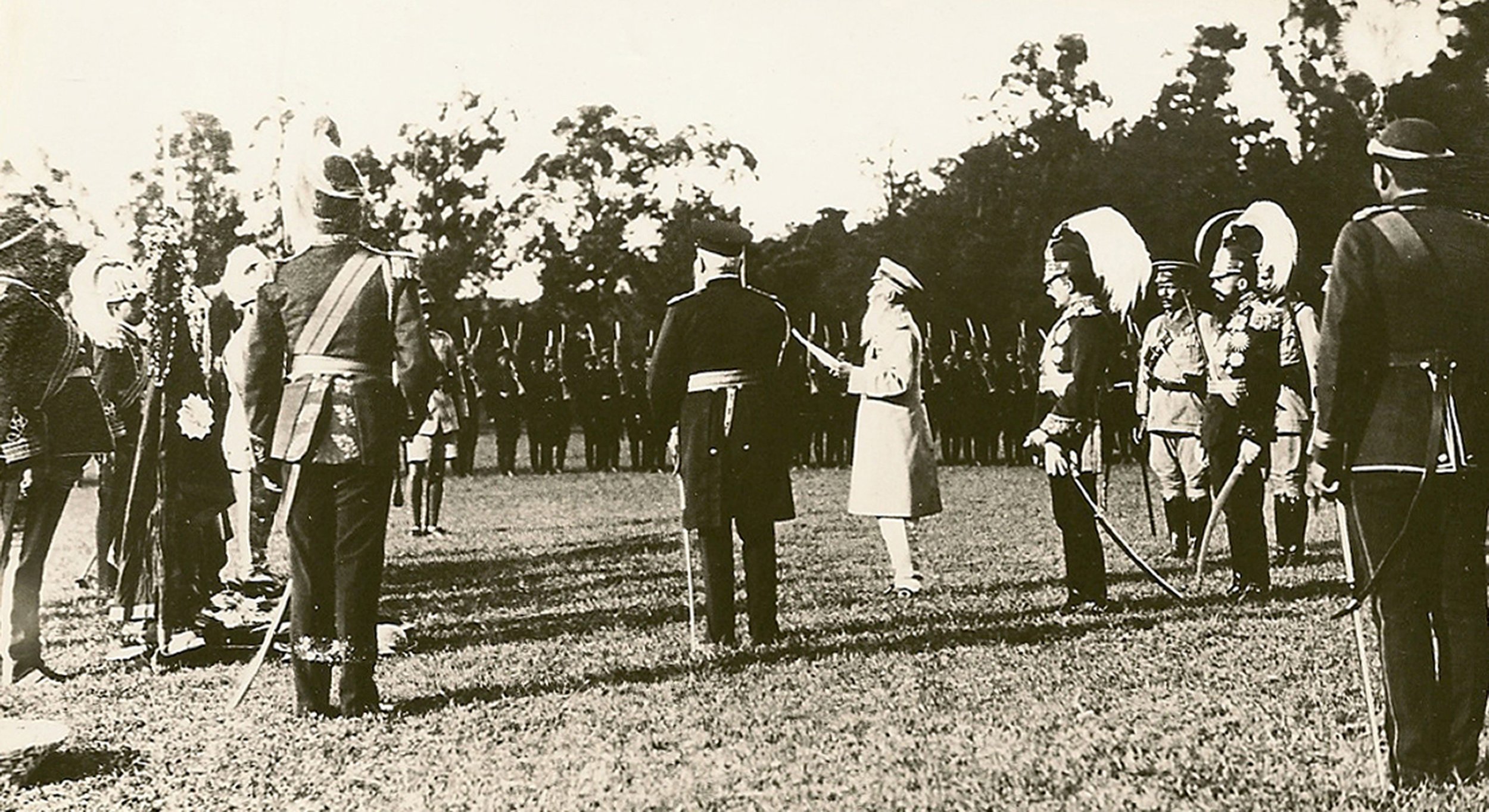
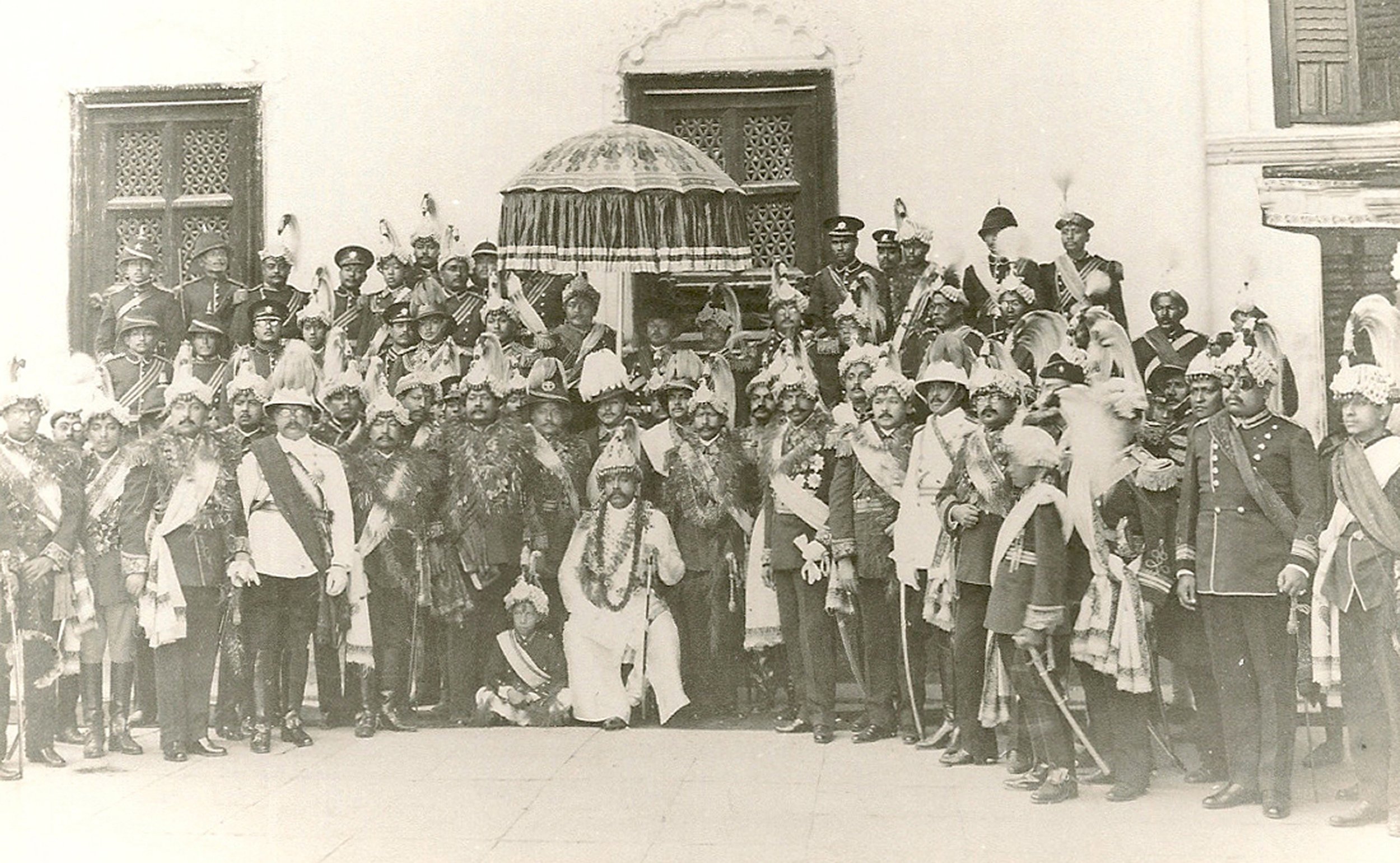
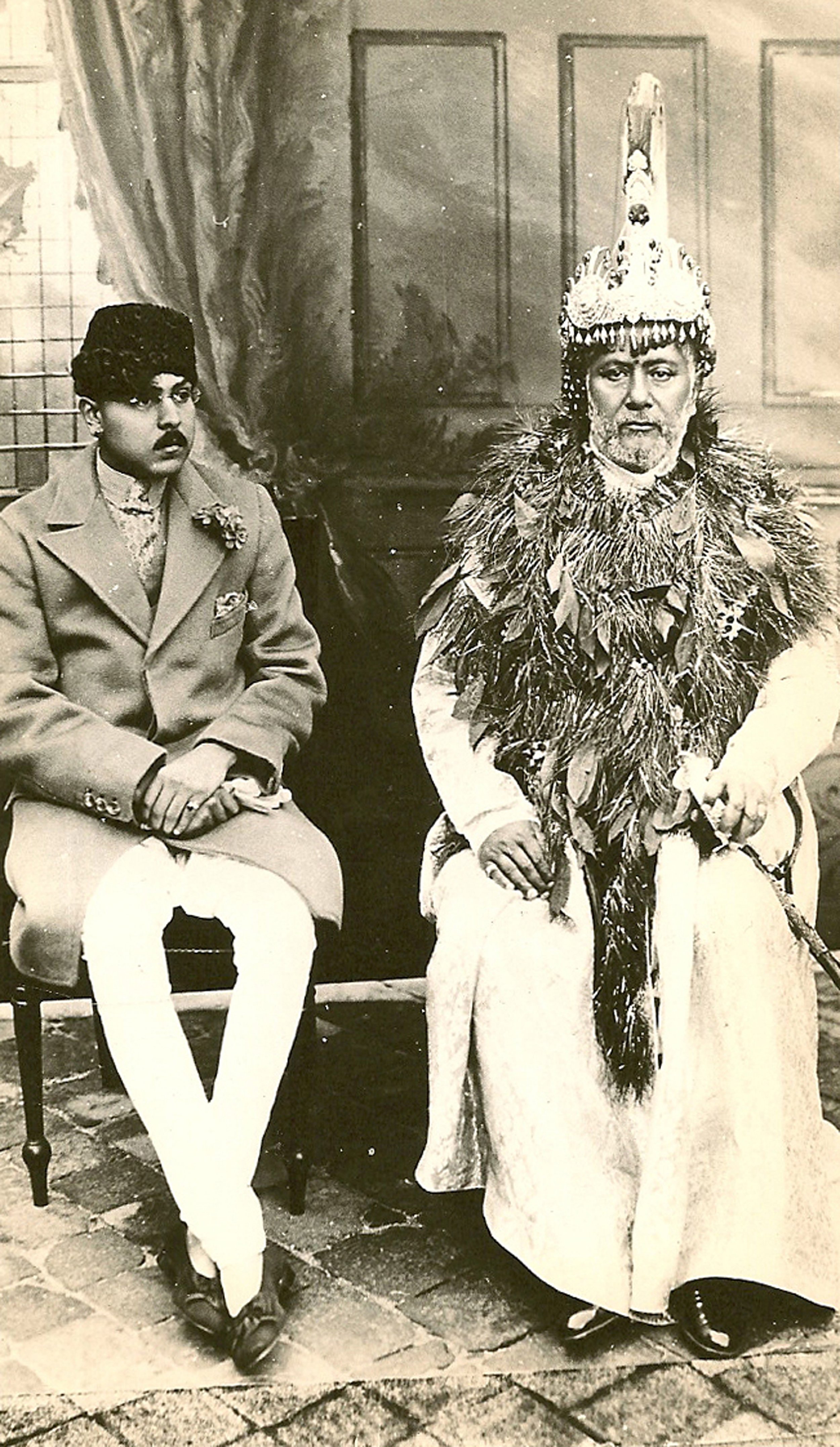

Your Custom Text Here
Jang Bahadur Rana
In 1846 Jang Bahadur Rana, a young and ambitious minor aristocrat, was appointed Prime Minister of Nepal. He supressed the power and authority of the monarchy and became the absolute ruler of Nepal. He made the prime ministership hereditary within the Rana family which continued to rule for the next 104 years.
King Surendra
King Surendra, son of King Rajendra whom he deposed and succeeded in 1847. Died 1881.
Soldiers on parade, 1855.
Soldiers on parade in Kathmandu prior to leaving for the war with Tibet. 1855.
Nepalese troops on parade, 1857.
Nepalese troops on parade before departing to fight the uprising in northern India against British rule. 1857.
Kaski, western Nepal c1870.
Kaski, western Nepal, was the principal seat of the estates of Kaski and Lamjung, the personal fief of the Rana prime ministers of Nepal. c1870.
Prince of Wales and Prime Minister Jang Bahadur, 1876.
The Prince of Wales, later the King-Emperor Edward VII, with Prime Minister Jang Bahadur (wearing a sombrero) on shikar in the Terai. February 1876.
Durbar Square, Kathmandu. 1878.
Bhairabnath Temple, Bhaktapur. 1879.
King Prithvi Bir, 1881.
King Prithvi Bir upon his accession to the throne of Nepal in 1881 at the age of five.
King Prithvi Bir with his third and fourth queens, c1895.
King Prithvi Bir with his third and fourth queens, Kirti Divyeshwari and Durga Divyeshwari, both daughters of Prime Minister Bir Shumsher Rana. c1895.
Ranaudip Singh, the second Rana Prime Minister, and his principal wife Hari Priya Devi photographed in 1888.
She was a vain and domineering woman whose interference in the affairs of state contributed substantially to the political tensions within the Rana family that finally led to an explosive coup d’état against her husband and his assassination.
Early views of Kathmandu. 1899.
Early views of Kathmandu. 1899.
Prime Minister Dev Shumsher Rana, 1901.
Prime Minister Dev Shumsher Rana’s formal procession through the streets of Kathmandu following his investiture as maharaja of Kaski and Lamjung. March 1901. His brothers ousted him in a coup d’état three months later.
Prime Minister Chandra Shumsher at a parade marking the departure of Nepalese troops for the front during the First World War.
The total number of men who left Nepal for military service exceeded 200,000 from a population of five million.
Prime Minister Juddha Shumsher at his investiture as maharaja of Kaski and Lamjung. October 1932.
King Tribhuvan and Prime Minister Bhim Shumsher, November 1929.
King Tribhuvan
In 1951 King Tribhuvan precipitated the collapse of Rana rule and the restoration of the power of the monarchy.